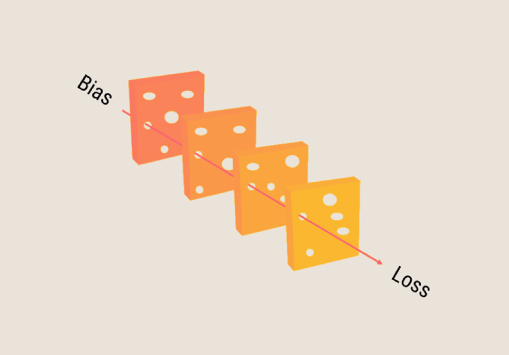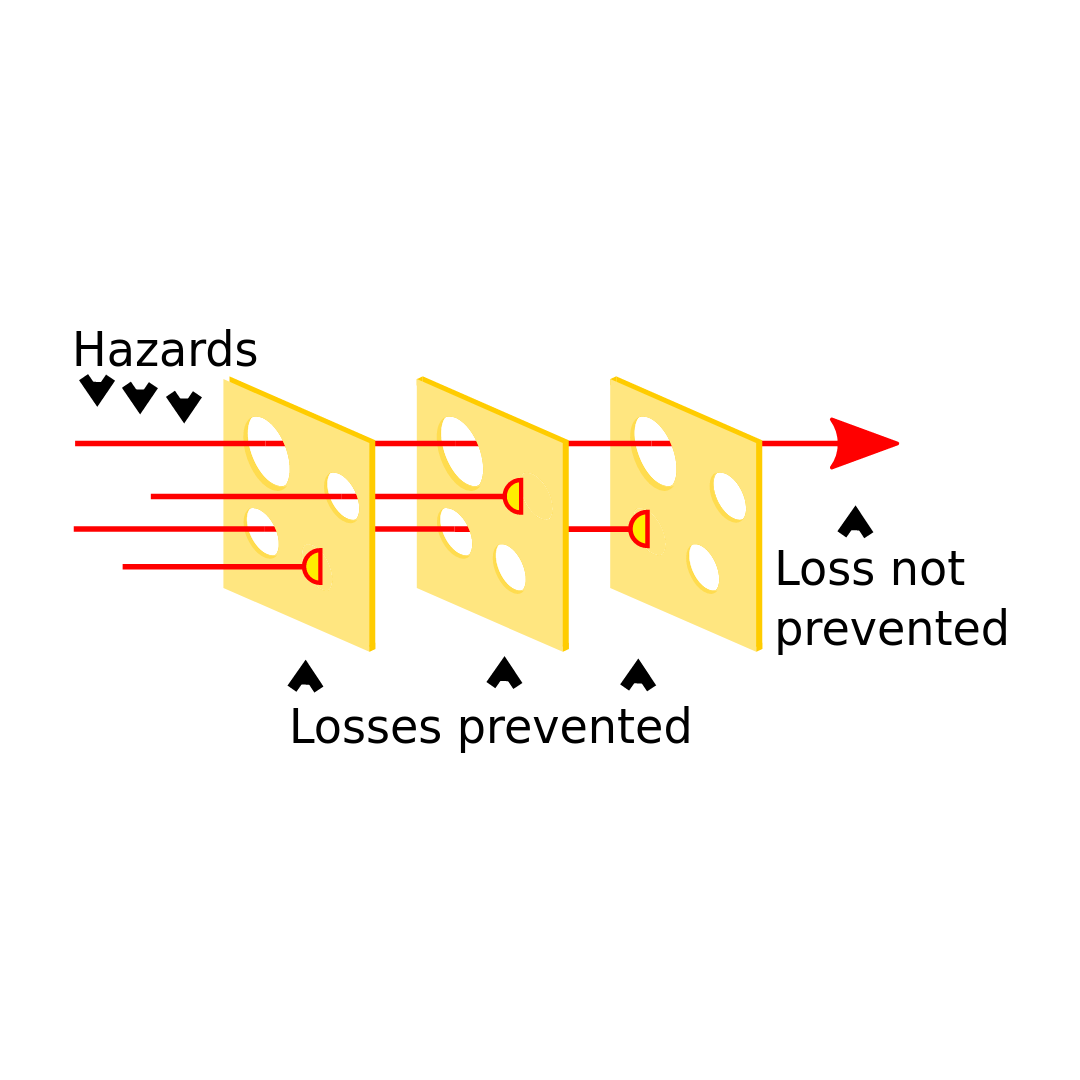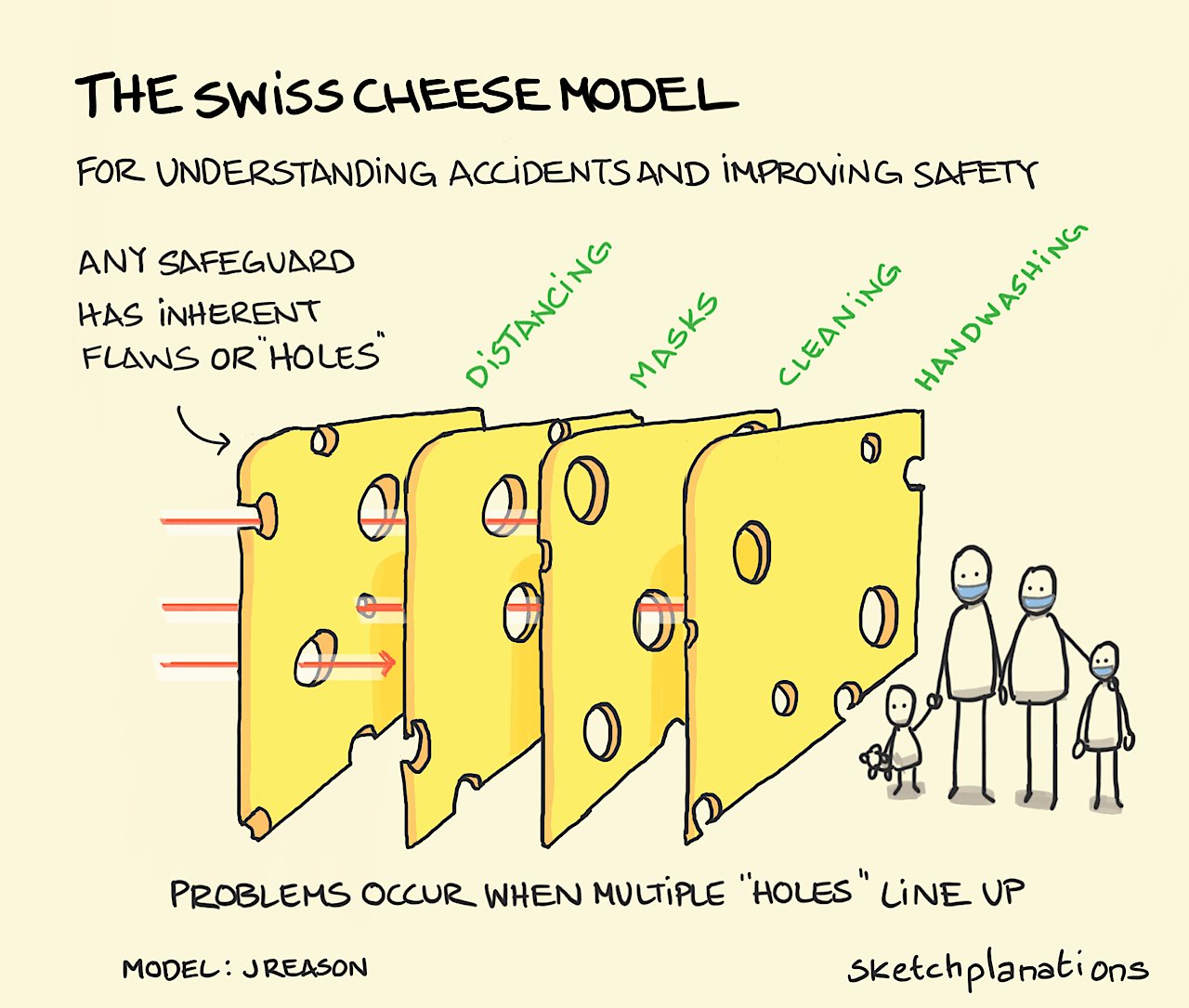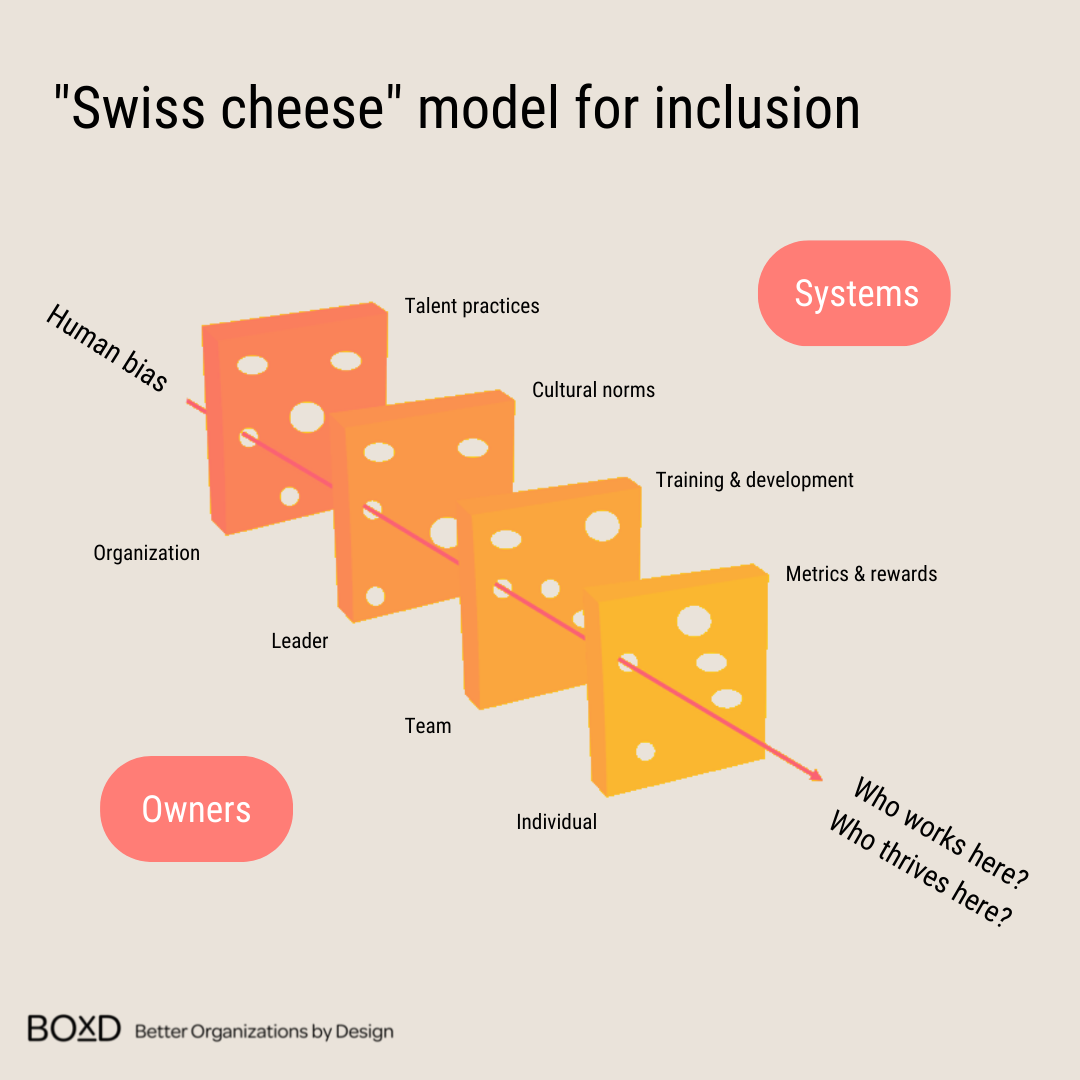How Bias is Degrading Your DEI Strategy, and What to Do About It
In case you missed it, the business case for diversity is stronger than ever. Inclusion isn’t a blip. Equitable practices are not just a bonus. These are essential elements to the survival and growth of top performing businesses.*
But what separates the organizations that get it wrong from the ones that get it right?

The organizations that succeed in creating inclusive, prosperous environments are the ones that design for it. The ones that bother to measure progress. The ones that know how strong human bias is, and build multiple barriers to prevent it from worming its way through the system.
To illustrate, we want to introduce you to the Swiss cheese model.
“Swiss cheese” is an accident causation model developed by James Reason in the early ’90s. The original purpose of the model was to prevent industrial accidents, and was later adapted for hospitals to prevent medical errors.
The idea is that in a complex system, mishaps are prevented by a series of redundant barriers designed to catch discrepancies at multiple levels. The more cheese slices, the more likely you are to catch mistakes.
Here’s a bare bones version of the Swiss cheese model to give you an idea of what it looks like:

Any systemic layer (cheese slice) that promotes healthy processes will have holes (flaws) of varying sizes. The size and volume of holes in each layer will play a role in indicating the likelihood of failure (mistakes).
There are a lot of applications for this model. Look at this adaptation which illustrates how multiple layers of basic precautions can work in tandem to minimize the spread of viral illnesses:

We decided to play a little and see what a Swiss cheese model might look like when designing for inclusive organizations. Because the thing about unconscious bias is… it’s unconscious. You have to plan for the inevitability that flawed judgment will try VERY hard to worm its way through your good intentions.
In other words, bias is not going anywhere! Name it. Own it. Plan for it.

In our adapted Swiss cheese model for DEI, human bias is the “accidental” arrow that makes its way through all the layers. This arrow is the thing we don’t want making it all the way through to the end. Redundant cheese slices and smaller holes are critical to producing more equitable outcomes.
No single DEI intervention will successfully eliminate bias. Multiple layers are essential if you actually want to create inclusive, equitable, and diverse organizations.
That’s why your intensive training series didn’t nip your DEI problem in the bud. Because bias training is only one layer.
Think of all the layers that bias has to travel through. Were they addressed?
Some examples. What do your promotional practices look like? How do you identify high potentials? Are metrics and incentive systems set up to align behaviors with desired outcomes?
All of the layers together will determine who actually thrives in your organization, how collaboration is rewarded, and whether people are properly incentivized to actually “do the work.”
Organizations that have multiple mechanisms to catch and eliminate human bias are leaps and bounds more successful in producing environments where everyone has the tools, access, and support to thrive.
And in layoff season? Designing for inclusion prevents your leaders from hastily abandoning those very public commitments made to diversity, equity, and inclusion back in 2020.
Sources
- How diversity, equity, and inclusion (DE&I) matter | McKinsey
- Swiss cheese model – Wikipedia
- Reason, James. “Human error: models and management”, BMJ 2000; 320: 768-70. [3]
- Sketchplanations infographic for Cleveland Clinic – Oct 2020
 Ready to Talk Now?
Ready to Talk Now?